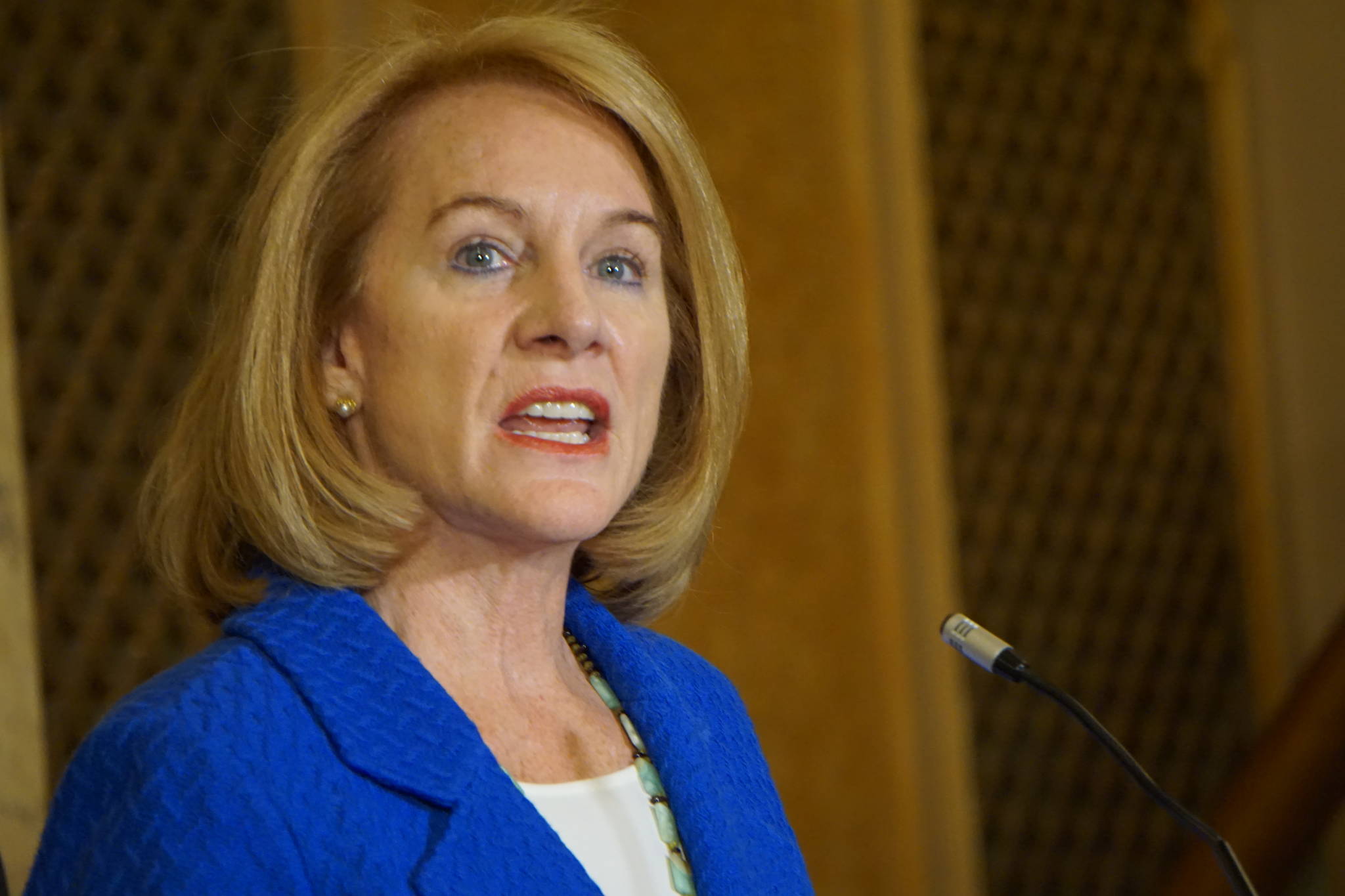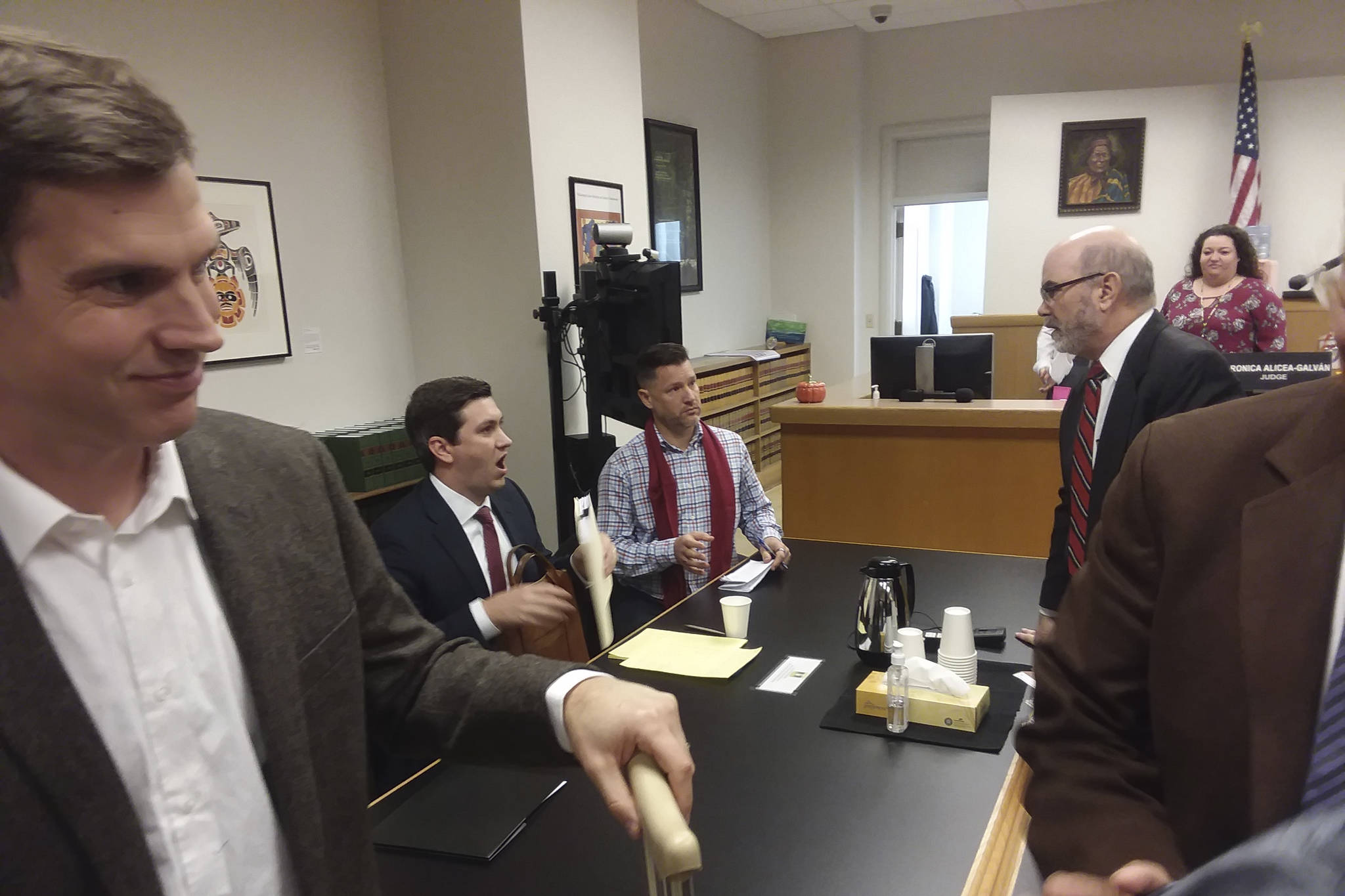“It all originated with the residents of Flint,” says investigative reporter Curt Guyette, “who just refused to believe the lie that their water was safe.”
Guyette, a big man with gray-streaked hair, will speak tonight to an audience at Town Hall Seattle about his experience reporting the Flint water contamination. He’s been a reporter for decades, working for alt weeklies until taking a job as a reporter with the ACLU of Michigan in 2013. There, he began looking into “emergency management”—that is, the practice of replacing bankrupted municpalities’ elected leaders with an appointed manager.
That led to him to Flint, where an appointed emergency manager had decided to save money by temporarily switching the city’s water source from Detroit to the Flint River, while a connection to a new water supply was being built.
Unless you’ve been living under a rock, you know how well that worked out: the harsher Flint River water corroded the city’s aging water pipes, poisoning the town. “They were forcing people to use water that you wouldn’t give to an animal,” he says.
With the help of desparate neighbors, a rogue EPA official, a Virginia Tech scientist, and a local doctor who found elevated lead in local children’s blood, Guyette gradually exposed the contamination and subsequent cover-up by local officials, who gamed their own water quality tests while urging residents to relax. “They [were] trying to cover up their mistake,” Guyette says. “They thought, ‘All we gotta do is ride this out…We just gotta get through these two years until this pipeline’s built.’” But gradually, the truth came out—with those same officials denying and attacking the credibility of their critics every step of the way.
Guyette is quick to spread credit for the story, saying of that rogue EPA official, Miguel Del Toral, “[He] really went out on a limb” by leaking an internal memo discussing Flint’s water quality. “He saw a potential public health crisis and sounded the alarm.”
Another hero: LeeAnne Walters, a Flint mother with young twins, one of whom was developmentally disabled by the lead poisoning. The tragedy convinced her to do whatever it took to expose the water. “Days before getting back surgery, [she] was driving around collecting [water] samples,” Guyette says.
“At one point I joked with her, ‘LeeAnne, I think you’d crawl across broken glass on your hands and knees in order to get one more [water sample].’ And she just looked at me [and said], ‘Oh yeah’—[meaning] ‘Of course I would. That’s not a joke.’ Because her kid had been poisoned. There was nothing to do to change that. But what she didn’t want was for other families to go through [that].”
The blame spreads around, too, going beyond the city officials directly responsible for the contamination. “This is what austerity looks like,” says Guyette, referring to the Michigan law that put an emergency manager unilaterally in charge of Flint. “This [was] an austerity-driven autocracy. Democracy was taken away.”
Guyette also points out the role that race and class played in this public health nightmare. Flint is almost 60 percent black, making it one of the most racially concentrated cities in the country, and according to Guyette 40 percent of the population is below the poverty line. “At one point, someone in the EPA wrote an email [saying], ‘Is Flint really the kind of city we want to go out on a limb for?’ So the race and class aspect of it cannot be overlooked.” Through emergency managers taking control of cash-strapped cities, he says, “more than half the African Americans in Michigan had their democracy taken away from them.”
In a follow-up investigation, The Guardian found that at least 33 US cities game their own water measurements in the same way that Flint officials did, including Chicago, Boston, Philadelphia, and Milwaukee. And as HBO’s John Oliver has argued, water isn’t the only under-regulated source of lead poisoning:








